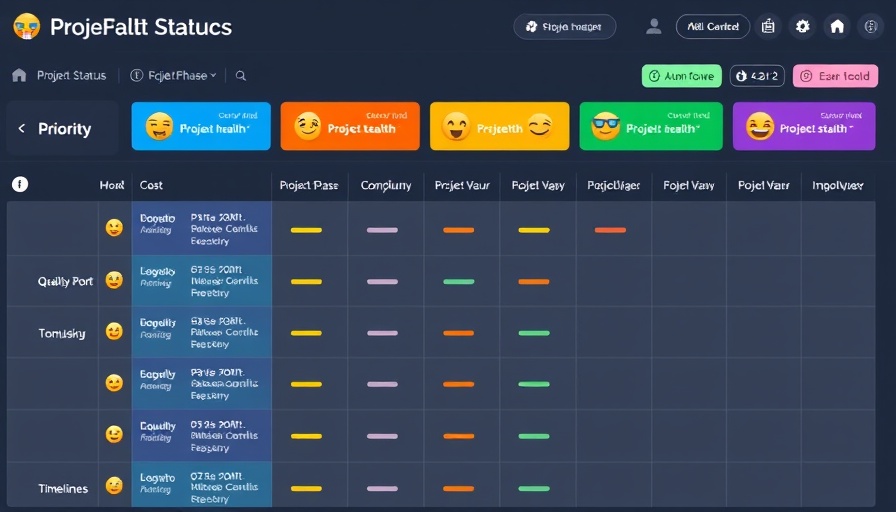
Transforming Your PR Role: From Order-Taker to Leader
In the fast-paced world of public relations, professionals often find themselves caught in a cycle of perception as mere order-takers rather than strategic decision-makers. It's a sentiment echoed in a recent Public Relations Society of America survey, where a staggering 62% of PR professionals expressed that their contributions were undervalued. This is particularly alarming in smaller firms where PR might be relegated to departments led by those without a communication background.
But what if you could shift this narrative? Instead of waiting for instructions or burnout, why not reframe your approach to PR as both an art and a critical business function? Acting like a leader means embracing your role with confidence, asserting yourself not just as a messenger but as a vital player in your organization’s success.
Understanding the Value of Strategic Communication
For PR pros, understanding the strategic essence of communications can bridge the gap between request and action. When a client demands a press release about their new product, delve deeper. Ask yourself: How does this contribute to their overall launch campaign? Understanding the broader impact aligns PR efforts with marketing strategies, fueling the fire of lead generation.
Being proactive means defining what success looks like for each project. It's not enough to simply distribute a press release; instead, aim for concrete results, like securing coverage in key industry outlets. This proactive stance not only elevates your work but also shapes how management perceives the value of PR.
Key Strategies to Elevate Your PR Game
To fully embrace the art of strategic communication, consider these components:
- Analyze Organizational Needs: Before rushing to complete tasks, assess how your communications fit into the bigger picture. Identify desired outcomes and key performance indicators that matter to your organization.
- Resource Allocation: Pinpoint the resources needed to maximize the potential of each project. Think about cross-departmental partnerships—could insights from the engineering team enhance the narrative of a product launch?
- Recommendation Leadership: Arm yourself with valuable insights that not only fulfill requests but add depth to your recommendations. Who are the right gatekeepers to target? What partnerships will enhance a project’s success?
These practices foster a culture where PR is seen as an indispensable strategy rather than a back-office function, aligning closely with lead generation and customer acquisition strategies.
The Future of PR: Be Bold and Proactive
As business owners seeking to scale operations, it’s critical to recognize the ripple effects that strategic branding and effective communication can make. Implementing innovative PR strategies doesn’t just affect media relations—it impacts the entire brand narrative and customer perception.
In the world of technology and marketing, where rapid changes are the norm, adapting your PR practice to be more than just reactive can significantly enhance your branding efforts, ensuring that your company remains top of mind for potential clients.
Your Next Steps
So, how do you proceed from here? It's about taking charge of your PR career and defining your role in this narrative. The path forward includes sharpening your communications skills, becoming more assertive with your recommendations, and aligning your efforts with broader business goals to truly showcase your worth.
To make the leap from order-taker to a valued partner in the success of your organization, it’s crucial to adopt these strategic methods. Let your work speak for itself; help stakeholders understand the intrinsic value of your role. Are you ready to stop taking orders and start leading the way?
 Add Row
Add Row  Add
Add 



Write A Comment